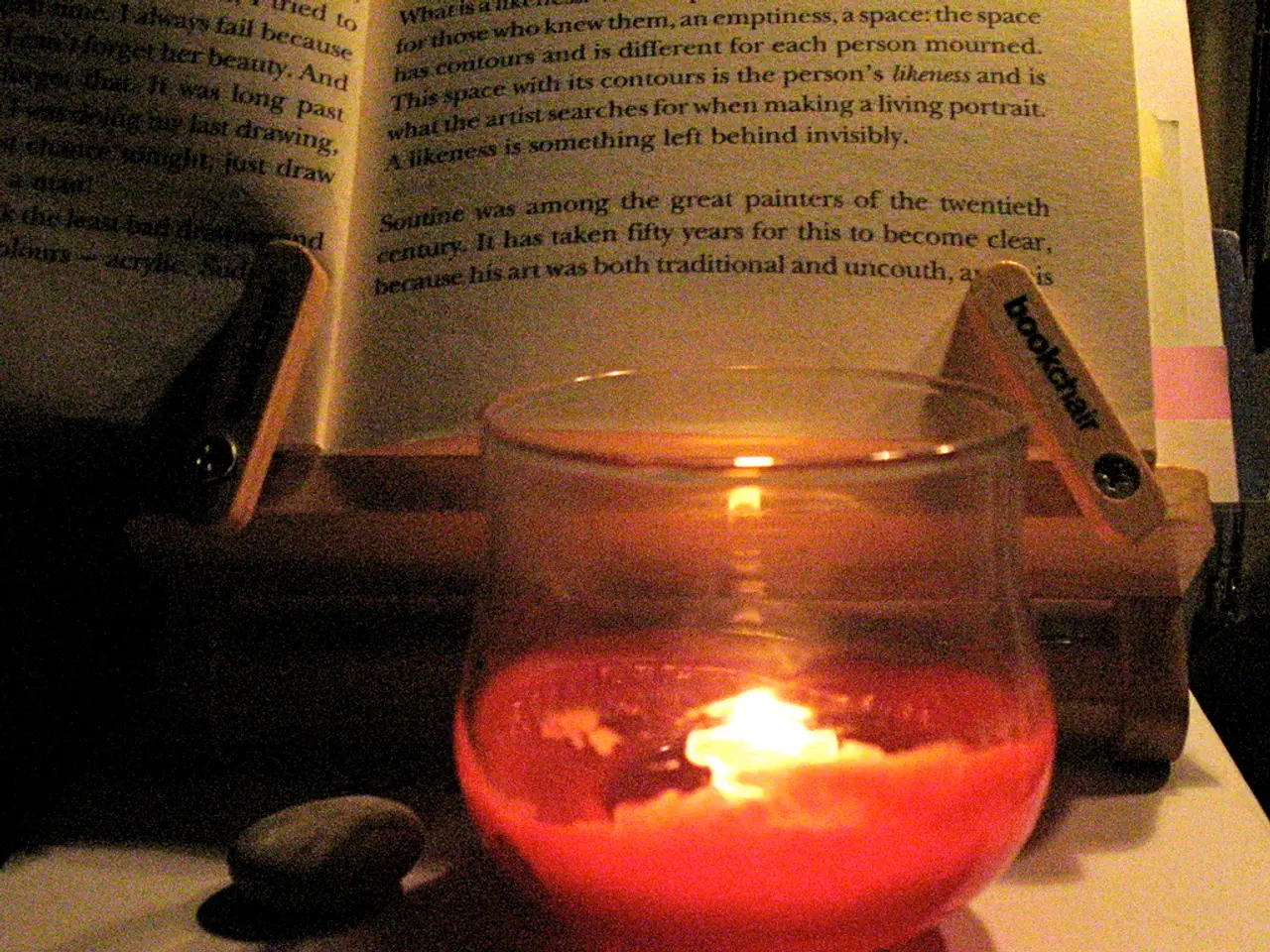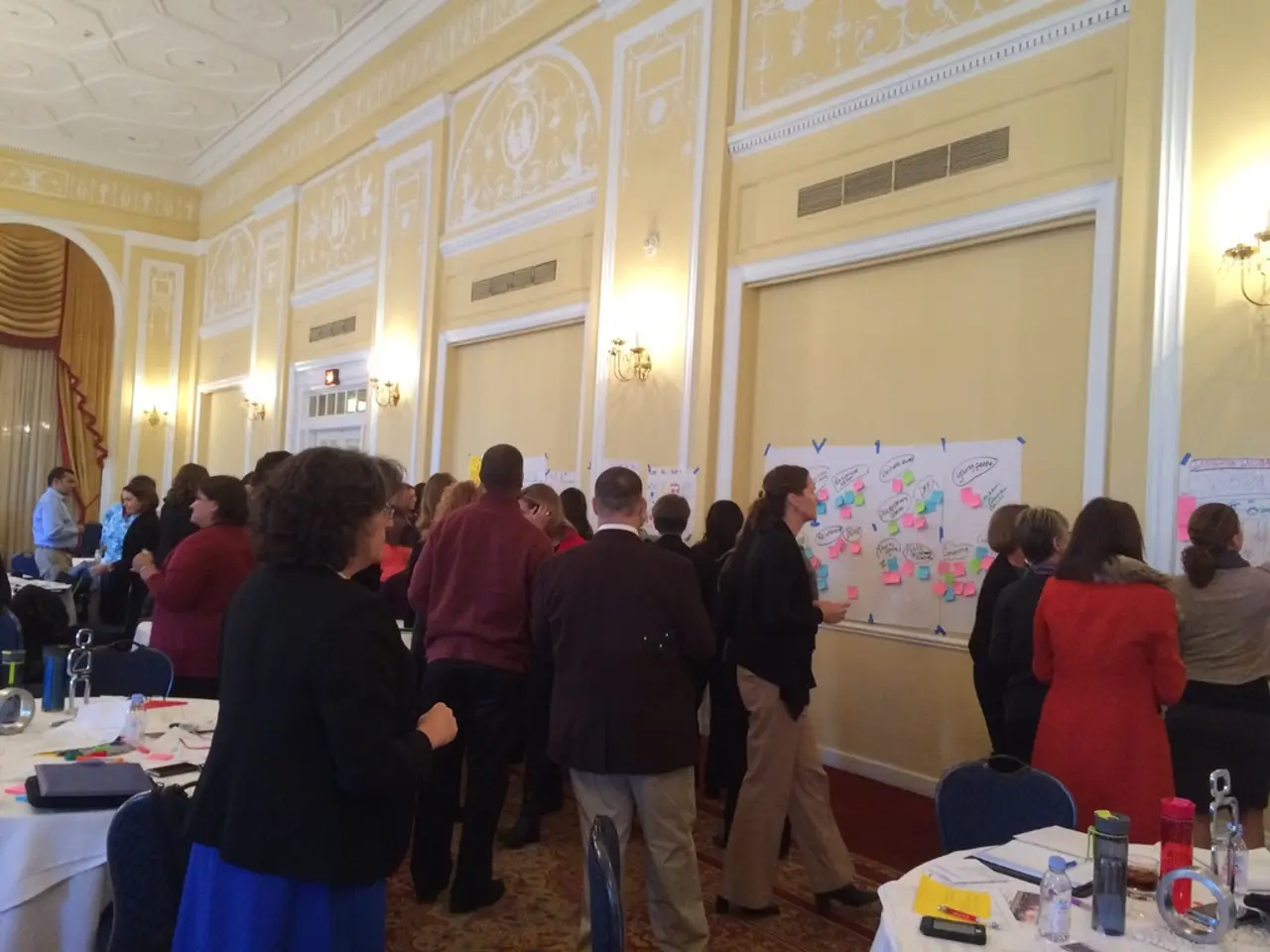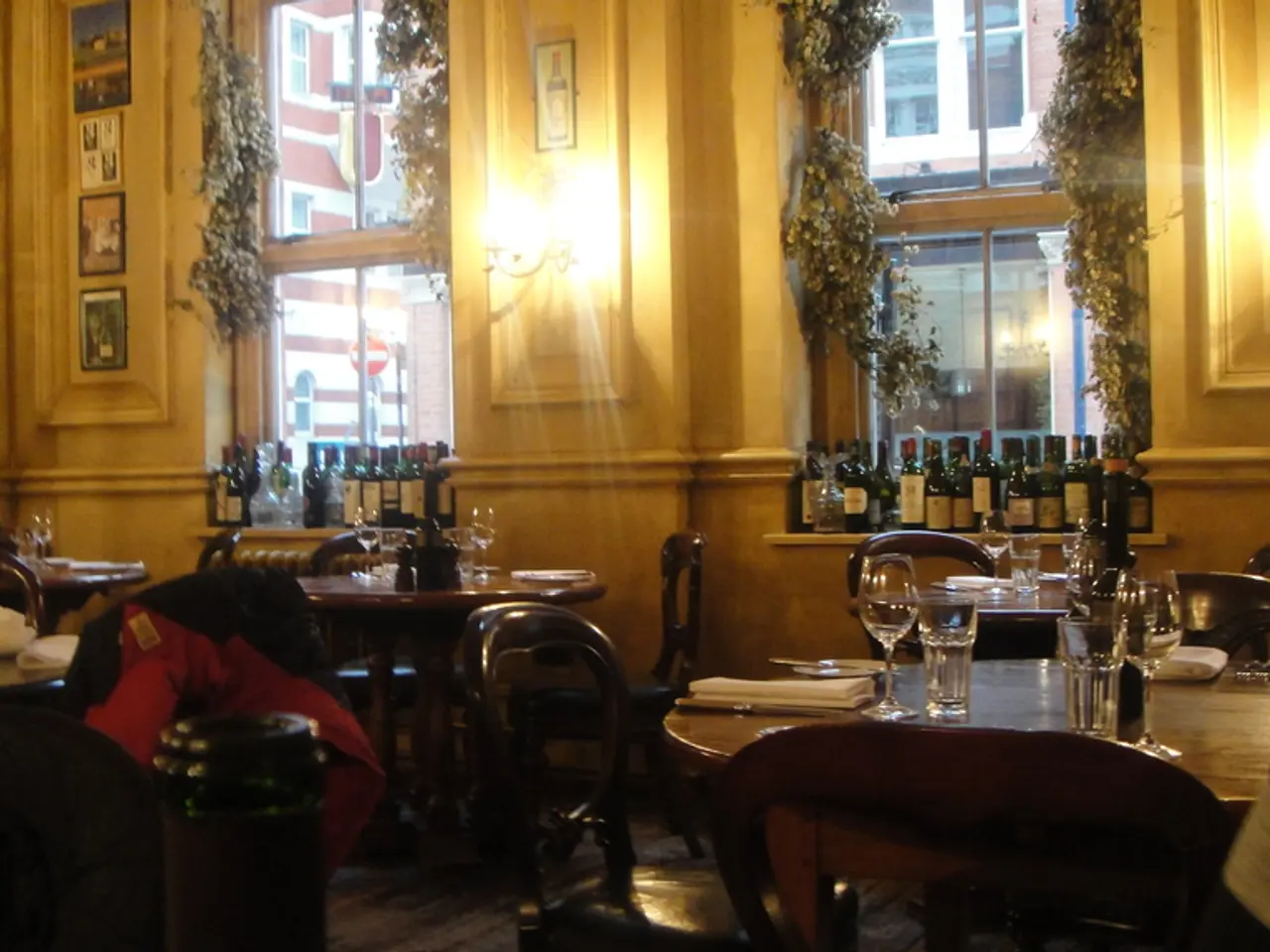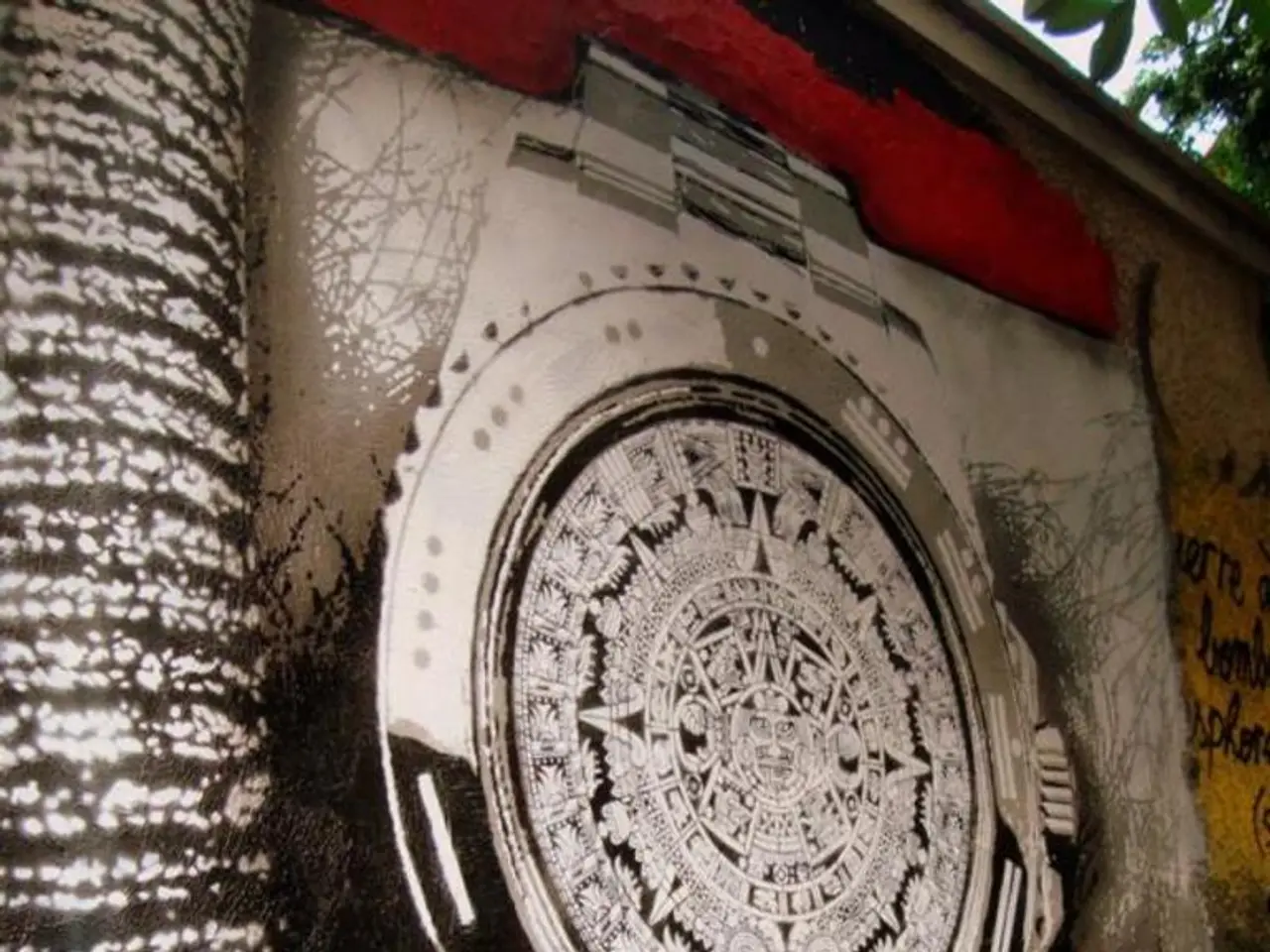Time-Tested Methods for De-Stressing: A Look Back
In a world increasingly dominated by digital devices, it's refreshing to revisit the ancient practices that have been proven effective in promoting mental recharge and relaxation. These traditional methods, rooted in various cultures and traditions, offer a natural and accessible alternative to digital relaxation tools.
Walking in Nature
One such practice is Walking in Nature. This ancient method of relaxation, predating digital devices, provides a calming environment by surrounding individuals with trees, birds, and fresh air. Spending time in nature, such as during a nature walk, has been shown to lower blood pressure, improve mood, and boost mental clarity [1].
Crafting Activities
Crafting activities like knitting, painting, or pottery require attention and precision, and the repetitive motions can be meditative. Practicing Mindful Crafting is another hands-on activity that slows down time, promoting focus and mental relaxation [2].
Reading a Physical Book
Reading a physical book is another old-school relaxation method that provides an immersive experience without notifications or pop-ups. Unlike reading on a screen, reading a physical book offers a tactile experience with the pleasure of holding, turning pages, and smelling the paper [3].
Writing a Letter
The act of writing a letter is an intimate gesture, as it demonstrates that someone took the time to sit down and write, making the exchange feel personal and meaningful. Writing a Letter to a Friend is another old-school relaxation method that involves putting pen to paper. This slow and thoughtful process encourages creativity and mindfulness [4].
Meditation Practices
Meditation practices rooted in ancient traditions offer diverse ways to relax deeply and recharge mentally. Examples include yogic methods such as Yoga Nidra (deep relaxation in a sleep-like state), Trataka (steady gaze on a point like a candle flame), and various Buddhist meditations like Shamatha-Vipassana (combining calm abiding with insight) or walking meditation for mindful movement [1].
Breathing exercises, easily practiced without any technology, stimulate the body’s natural relaxation response. Diaphragmatic breathing (belly breathing) enhances relaxation by fully engaging the lungs, while the 4-7-8 breathing technique (inhale 4 seconds, hold 7, exhale 8) calms the nervous system and lowers anxiety [2][3].
Progressive muscle relaxation, another non-digital method, involves sequential tensing and relaxing of muscle groups from toes to head, helping to release physical tension and signal the brain to relax [3]. Guided imagery, where one visualizes serene scenes such as a quiet beach, helps distract the mind from stress and promotes tranquility [3].
Journaling by writing down worries before sleep is a simple, analog technique that aids in mentally offloading anxiety to prepare for rest [3].
Additional old-school approaches include holistic practices like acupuncture, acupressure, and listening to soothing music at low volume that may assist relaxation and improve sleep quality without screen time [4].
In summary, traditional meditation methods, breath control exercises, muscle relaxation, imagery, and journaling together offer a range of effective, technology-free options for mental recharge and relaxation. These have been practiced for centuries and remain relevant as natural and accessible alternatives to digital relaxation tools [1][2][3][4].
- Engaging in crafting activities such as knitting, painting, or pottery, which are known as Mindful Crafting, provides a meditative and focusing effect, aiding in mental relaxation [2].
- Transforming a home environment through activities like gardening or home improvement projects can contribute to a placid and serene Lifestyle, providing an alternative to digital relaxation tools [4]. In the realms of Fashion-and-Beauty and Home-and-Garden, traditional practices offer a soothing escape from the dominance of digital devices.




